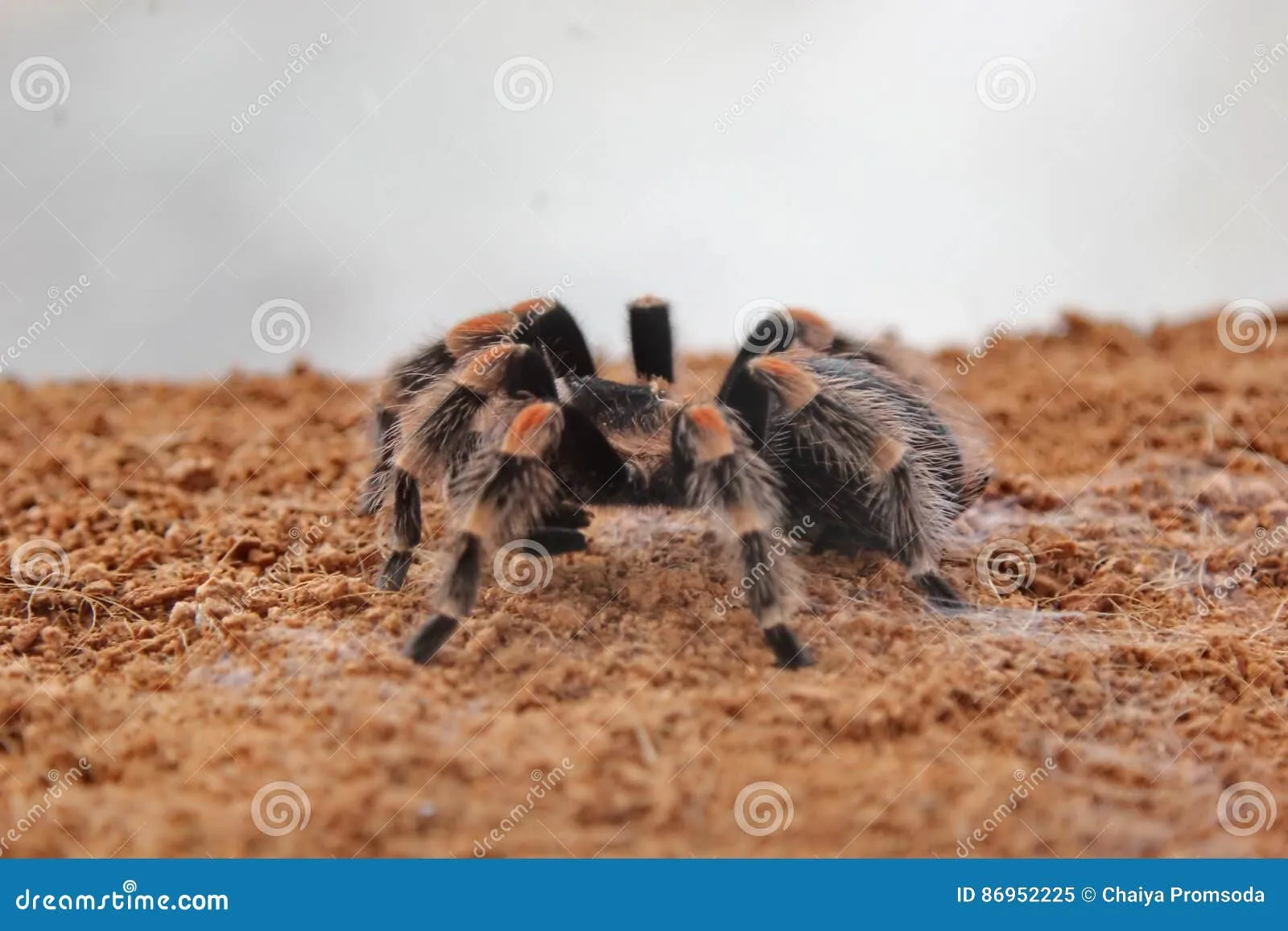Are Australian Tarantulas Poisonous? An Overview
The question of whether Australian tarantulas are poisonous is a common one, particularly for those living in or visiting the region. The answer, however, requires a bit of clarification. While the term “poisonous” is often used in everyday language, it’s important to understand the difference between something being poisonous and something being venomous. This article delves into the specifics of Australian tarantulas, separating fact from fiction and providing a clear understanding of their potential danger. We will explore the nuances of their venom, the effects of a bite, and what precautions should be taken if you encounter one of these fascinating creatures. Understanding these aspects is crucial for anyone living near or traveling through areas where these spiders reside, ensuring safety and dispelling common misconceptions.
What Makes a Tarantula ‘Poisonous’
The term ‘poisonous’ often gets misused when discussing creatures like tarantulas. In general biology, a poisonous organism is one that is harmful when ingested, inhaled, or absorbed through the skin. Think of poisonous plants or certain types of frogs. Conversely, a venomous organism injects toxins through a bite, sting, or other means of direct injection. Tarantulas, like snakes and scorpions, are venomous. Their primary defense mechanism involves injecting venom through their fangs, which they use to subdue prey and, defensively, to protect themselves. This distinction is crucial because it determines how the threat is posed and how to best respond to a potential encounter with one of these spiders. This understanding helps clarify why the term ‘poisonous’ doesn’t accurately describe the nature of the threat posed by Australian tarantulas.
The Venom vs. Poison Distinction

To reiterate, the difference is in how the harmful substance enters the body. Poisons are ingested, inhaled, or absorbed, while venoms are injected. Tarantulas are venomous because they inject venom through their fangs. This venom is a complex mixture of proteins and other compounds designed to immobilize or kill their prey, such as insects and small animals. When a tarantula bites, it’s injecting this venom directly into the bloodstream or tissues of its target. The effects of the venom can vary depending on the species of tarantula, the amount of venom injected, and the size and sensitivity of the victim. Knowing this difference helps to understand the potential risks associated with tarantulas and how to respond if bitten.
Venom Composition of Australian Tarantulas
The venom of Australian tarantulas is a complex mixture of proteins, enzymes, and other substances. These components work together to cause a variety of effects on the victim. While not usually life-threatening to humans, the venom can cause significant local reactions and discomfort. The exact composition of the venom can vary between different species of tarantulas within Australia. Research into the venom composition helps scientists understand how it works, what effects it has, and how to potentially develop antivenoms or treatments. This ongoing study is critical for understanding the potential risks and providing effective medical care when necessary. The venom primarily targets the nervous system and muscle tissues, leading to the symptoms often associated with a tarantula bite.
Fact 1 The Toxicity of Australian Tarantula Venom
The toxicity of Australian tarantula venom is generally considered to be of low to moderate risk to humans. Their venom is not typically lethal. When bitten, the effects are more likely to cause localized pain, swelling, and discomfort. The severity of a bite can depend on the individual’s sensitivity, the amount of venom injected, and the species of tarantula. Some people may experience more severe reactions, such as nausea, muscle cramps, and in rare cases, more systemic symptoms. However, severe systemic reactions are uncommon. The venom is primarily designed to subdue smaller prey, and while it can be unpleasant for humans, it is rarely life-threatening. Medical attention is usually required to manage symptoms and prevent complications, but fatalities are extremely rare.
Fact 2 Symptoms of a Tarantula Bite

The symptoms of an Australian tarantula bite typically include immediate pain at the bite site, which may be followed by redness, swelling, and itching. Other common symptoms can include muscle cramps, nausea, and in some cases, sweating or a feeling of unease. Systemic reactions, such as difficulty breathing or severe allergic responses, are rare but possible, especially in individuals who are highly sensitive. If bitten, it’s important to stay calm and seek medical attention promptly, even if the symptoms seem mild. The bite wound should be cleaned with soap and water, and any necessary medical care, such as pain relief or antihistamines, can be provided. Monitoring for any worsening symptoms is crucial, and a doctor can provide the appropriate treatment based on the severity of the reaction.
Fact 3 Are All Australian Tarantulas Venomous
Yes, all species of tarantulas found in Australia are venomous. This is a defining characteristic of tarantulas as a group, rather than a trait exclusive to any particular species. They all possess fangs and glands that produce venom used for hunting and self-defense. The potency of the venom may vary slightly between species, but all Australian tarantulas are equipped to deliver venom through a bite. This underscores the importance of caution when encountering any tarantula in the wild. While the venom is not usually life-threatening to humans, it can cause discomfort and local reactions. Avoiding direct contact and respecting their space is the best way to ensure safety.
Fact 4 First Aid for Tarantula Bites
If bitten by an Australian tarantula, the first step is to remain calm and seek medical attention as soon as possible. Clean the bite area gently with soap and water. Apply a cold compress to the bite site to help reduce swelling and pain. It’s also important to immobilize the affected limb and avoid any strenuous activity. Do not attempt to suck out the venom or apply a tourniquet. If available, note the appearance of the spider, as this information can help medical professionals provide appropriate treatment. Monitoring for more severe symptoms, such as difficulty breathing or a rapid heartbeat, is crucial. Seeking medical help allows for proper assessment, symptom management, and ensures any necessary treatment is administered promptly.
Fact 5 Myth Busting Common Tarantula Fears

Many myths surround tarantulas, often exaggerating their danger. One common misconception is that all tarantula bites are deadly, which is untrue. In reality, fatalities from tarantula bites are incredibly rare. Another myth is that tarantulas are aggressive and constantly looking for humans to bite. While they will bite if provoked or feel threatened, they generally prefer to avoid confrontation. People also often assume that they are fast and agile hunters, but they are relatively slow-moving and primarily ambush predators. Dispelling these myths with facts helps to reduce unnecessary fear and promote a more accurate understanding of these fascinating creatures. Education about tarantulas and their behavior is crucial for fostering respect and safety.
Where to Find Australian Tarantulas
Australian tarantulas can be found in various habitats across the country, but they are most commonly found in areas with warmer climates. They often inhabit burrows in the ground or under rocks and logs. The specific locations vary depending on the species, with some tarantulas favoring rainforests, while others prefer arid or woodland environments. When exploring areas where tarantulas are known to live, it’s essential to be cautious and avoid disturbing their habitats. If you are an enthusiast, professional assistance and guidance should be considered. Being aware of their preferred habitats and behaviors allows you to take necessary precautions and avoid accidental encounters. Respecting their natural environment is key to coexisting peacefully with these spiders.
Conservation Status of Australian Tarantulas
The conservation status of Australian tarantulas varies by species, but many populations are under threat due to habitat loss, climate change, and the illegal pet trade. Some species are considered vulnerable or near threatened, highlighting the importance of conservation efforts. Protecting their habitats and reducing human impact are crucial for ensuring their survival. This involves promoting sustainable land management practices and raising public awareness about their conservation needs. Understanding the threats they face helps us to work towards effective conservation strategies and safeguard these unique creatures. Conservation efforts are important for maintaining biodiversity and preserving these fascinating spiders for future generations.
